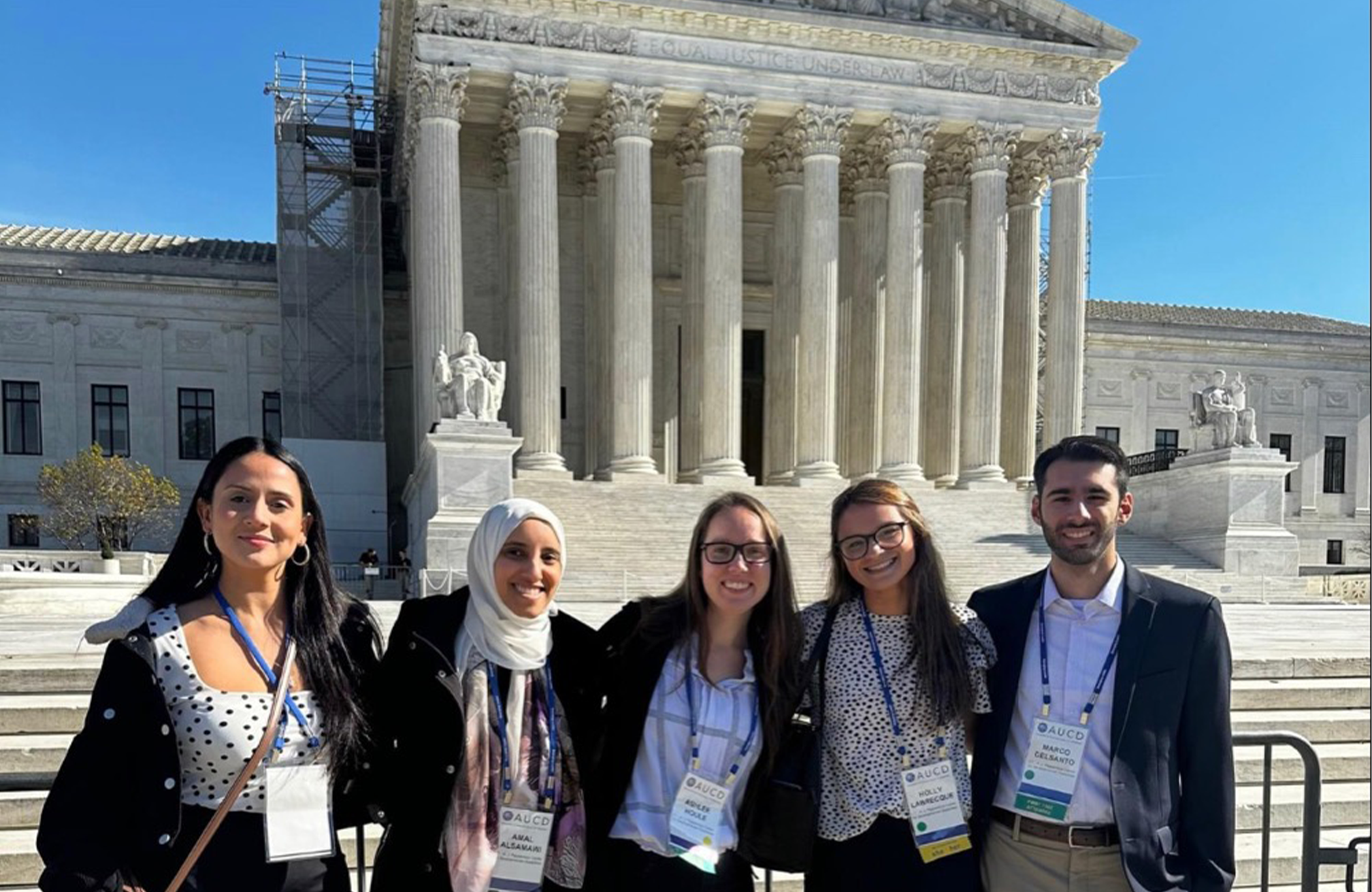Disability Policy News
AUCD's Disability Policy News (DPN) is a weekly newsletter highlighting federal policy issues affecting people with disabilities and their families. DPN features updates in plain language and action steps that people can take to educate policymakers. DPN is published every Friday.










